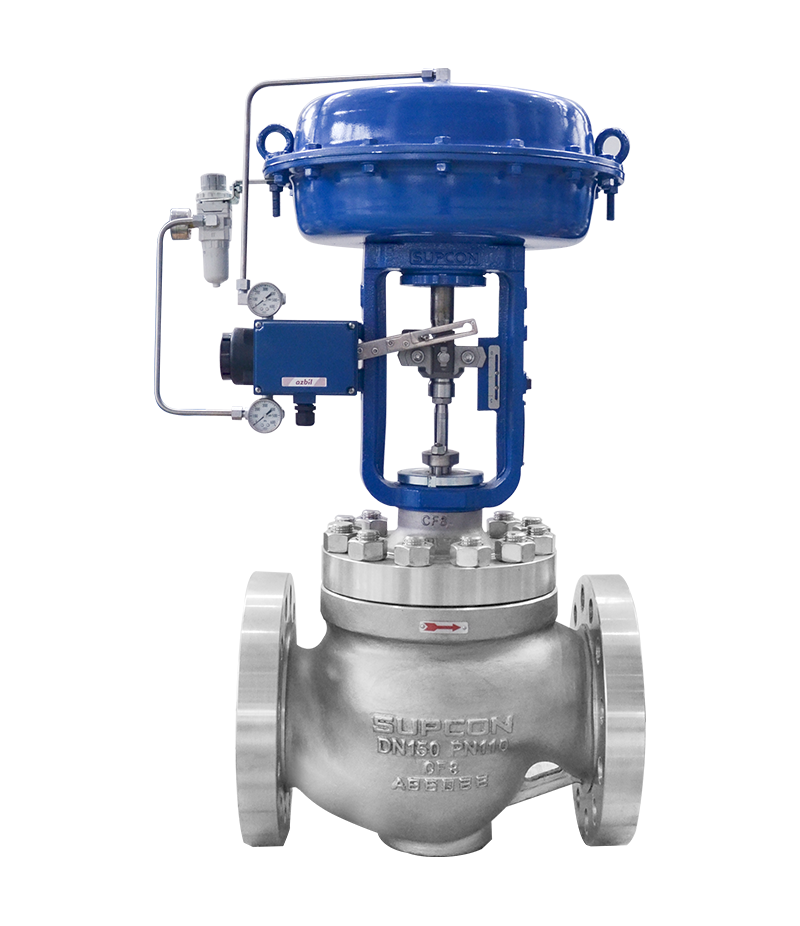
Maximize Energy Cost Savings and Comfort With Advanced Building Automation Controls
In the world of modern design and center monitoring, the integration of innovative building automation regulates stands as a critical innovation. By utilizing the power of automation, structures can adjust, respond, and progress in means that were once unthinkable.
Energy Effectiveness Conveniences
Power performance advantages can dramatically lower power usage and operational prices in structures. Energy-efficient systems, such as innovative structure automation controls, can maximize the use of sources like cooling, lighting, and home heating, leading to reduced energy expenditures over time.
Additionally, improved energy performance can extend the life-span of structure devices and systems. By operating more successfully, cooling and heating systems, lighting fixture, and other structure elements experience less wear and tear, leading to lowered upkeep and replacement prices. Furthermore, energy-efficient buildings often regulate higher residential property worths and rental rates, supplying long-term economic benefits to owners.
In addition, energy performance can boost passenger convenience and efficiency. Correctly managed interior environments with optimum illumination and thermal problems create an even more conducive and pleasurable workspace, causing boosted employee satisfaction and performance. On the whole, the energy effectiveness advantages connected with sophisticated structure automation controls are complex, encompassing expense financial savings, environmental stewardship, and owner well-being.
Enhanced Comfort Control
Enhancing comfort control in structure settings requires a sophisticated combination of innovative automation systems for ideal owner health. By utilizing advanced building automation controls, centers can customize the interior setting to meet the particular demands and preferences of residents. These systems allow exact law of lights, temperature, and ventilation, creating a comfy and effective atmosphere. Occupant complete satisfaction and efficiency are carefully linked to thermal comfort, making it vital to have systems in position that can adjust to transforming conditions in real-time.
Enhanced comfort control exceeds basic temperature changes. It includes functions such as personalized settings, tenancy sensing units, and natural light application to produce a vibrant and receptive atmosphere. By incorporating these sophisticated controls, buildings can not just enhance convenience however also improve power efficiency by maximizing system operations based upon actual occupancy and use patterns. Ultimately, focusing on resident convenience with advanced automation systems brings about a much more pleasurable and much healthier interior environment.
Functional Performance Improvements

Furthermore, the application of real-time surveillance and analytics tools makes it possible for building operators to determine power ineffectiveness and functional anomalies immediately. By continuously keeping an eye on energy usage patterns and system efficiency metrics, changes can be made in real-time to optimize energy intake and ensure peak my link operational effectiveness. control valves. In addition, incorporating demand action approaches into building automation controls can additionally boost operational performance by dynamically readjusting energy usage based on grid conditions and prices signals
Indoor Environment Optimization
Efficient indoor environment optimization is an essential facet of structure automation controls, guaranteeing owners' comfort and health while making the most of power financial savings. By using advanced sensing units and controls, constructing automation systems can constantly readjust and monitor temperature, moisture degrees, air top quality, and air flow to develop an optimum interior atmosphere. Preserving constant and comfortable conditions not only boosts owner complete satisfaction but also boosts performance and total wellness.
Interior climate optimization additionally plays a vital duty in power efficiency. By fine-tuning air flow, cooling, and heating systems based upon real-time information and occupancy patterns, developing automation controls can considerably decrease power usage - control valves. Executing techniques such as demand-controlled air flow and thermal zoning can help decrease energy waste while making certain that each area of the structure gets the essential conditioning.

Lasting Setting Production
Building automation controls not just maximize interior environment problems for power performance and occupant comfort but also lay the foundation for producing a lasting setting via calculated management of sources and systems. By integrating advanced building automation innovations, such as sensing units, actuators, and smart software program, facilities can readjust and keep an eye on energy use in real-time to lessen waste and decrease their carbon impact. These systems allow predictive upkeep, recognizing prospective issues prior to they rise and maximizing tools performance to enhance longevity and effectiveness.
Furthermore, sustainable atmosphere development prolongs past power management to include water preservation, waste reduction, and indoor air top quality improvement. Structure automation controls can manage water usage, find leaks, and make certain appropriate garbage disposal techniques, adding to overall sustainability efforts. In addition, by keeping track of and managing ventilation and filtering systems, these technologies boost resident health and wellness and efficiency while decreasing energy intake go to my blog connected with a/c procedures.
Final Thought
To conclude, progressed building automation manages offer significant advantages in terms of power cost savings, comfort control, operational performance, interior climate optimization, and creating a sustainable atmosphere. By carrying out these controls, buildings can attain optimum performance while lowering energy usage and boosting owner convenience. It appears that making use of advanced automation technology is vital in improving structure performance and producing an extra sustainable future.
Energy performance advantages can significantly decrease energy consumption and operational costs in buildings. Overall, the energy efficiency benefits associated with sophisticated building automation controls are diverse, incorporating price financial savings, ecological stewardship, and occupant well-being.
Additionally, incorporating demand response techniques into structure automation controls can additionally improve operational performance by dynamically changing energy use based on grid problems and pricing signals.
Structure automation manages not only maximize interior climate problems for energy efficiency and owner convenience but additionally lay the structure for producing a lasting atmosphere through strategic monitoring of sources and systems.In conclusion, advanced structure automation manages offer significant advantages in terms of power savings, convenience control, operational performance, interior climate optimization, and developing a lasting environment.